Design ni Dukaan’s new collection both revives and reimagines endangered Indian crafts
By using traditional aesthetics and methods in collaboration with their last living artisans, ‘Roop Aroop’ demonstrates how vernacular design can be both rooted and radical
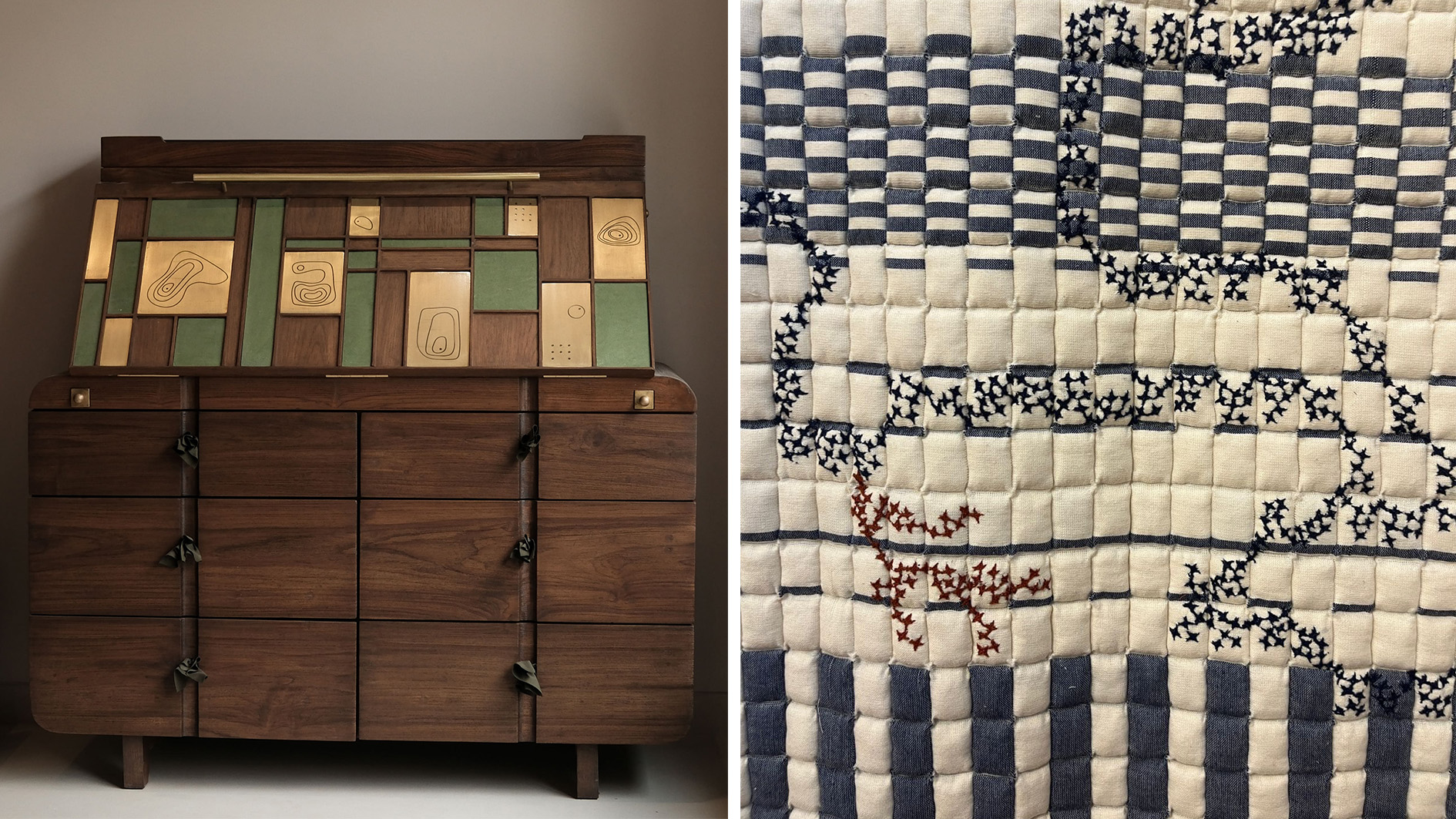
The world of design is a pendulum, swinging between innovation and nostalgia. In recent years, we’ve seen a return to vernacular aesthetics and traditional methods – a shift driven by the demands of climate responsibility, a deepening focus on cultural authenticity, and resistance to the homogenising force of mass production.
India, home to one of the world’s richest design heritages, is emerging as a vanguard of this movement. Across the country, design and architecture studios are reclaiming indigenous narratives and practices. One such practice is Design ni Dukaan, based in Ahmedabad, which works across architecture, interiors, furniture and product design.

The Rafiq ni Sujani Partition
Its latest collection, ‘Roop Aroop’, is a bold revival of endangered Indian crafts. But this is not merely an exercise in preservation – the collection seeks to weave the threads of tradition into the fabric of contemporary life. ‘Roop Aroop’ is inspired by ‘Yugan Yugan Hum Yogi’, a verse attributed to 15th-century mystic poet Sant Kabir which meditates on the idea of timelessness – a characteristic that Design ni Dukaan attributes to Indian craft.
The collection revives two endangered methods: Sujani, an intricate form of embroidery and quilting practiced in rural Gujarat, and Pathamadai Pai, a meticulous process of mat weaving using hand-prepared grass from Tamil Nadu.
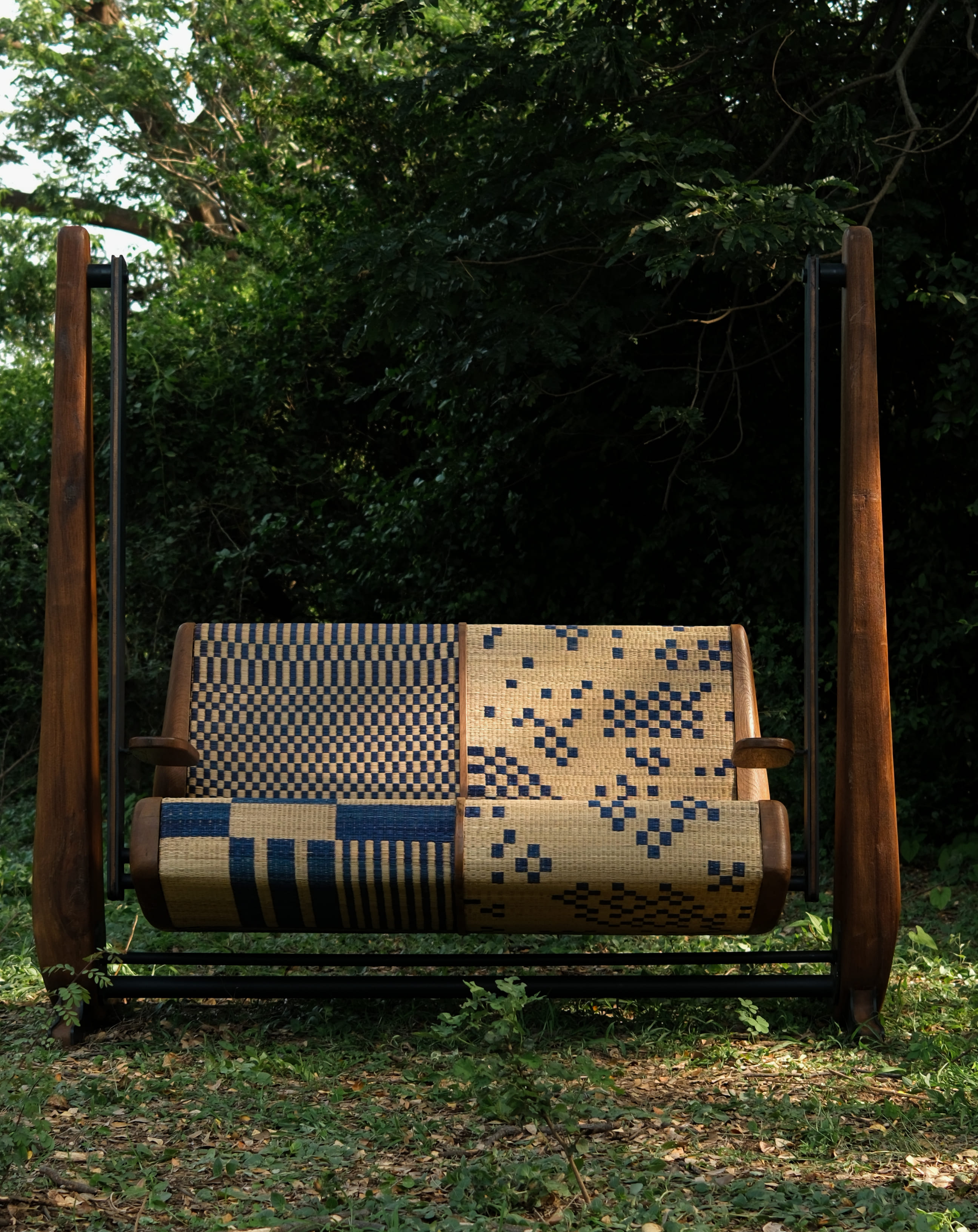
The Beevi Pai Swing

The Banu Pai Cabinet
The former is brought to life in the Rafiq ni Sujani Partition, a foldable screen created in collaboration with design studio Raasleela and crafted by Rafiq Bhai, the last Sujani artisan in his lineage. The piece uses a double-cloth weaving method, where warp and weft interchange to form cotton-filled pockets. This creates a distinctive tactile quality as well as allowing light to pass through the fabric’s dense weave.
Pathamadai Pai is celebrated through pieces created in collaboration with Majja Design Studio, along with the last active craft cluster in Tamil Nadu. The Banu Pai Cabinet features abstract geometric patterns on its shutters, while the Beevi Pai Swing reinterprets the traditional mats as seating elements, with pixel-like motifs cascading from the backrest to the seat.
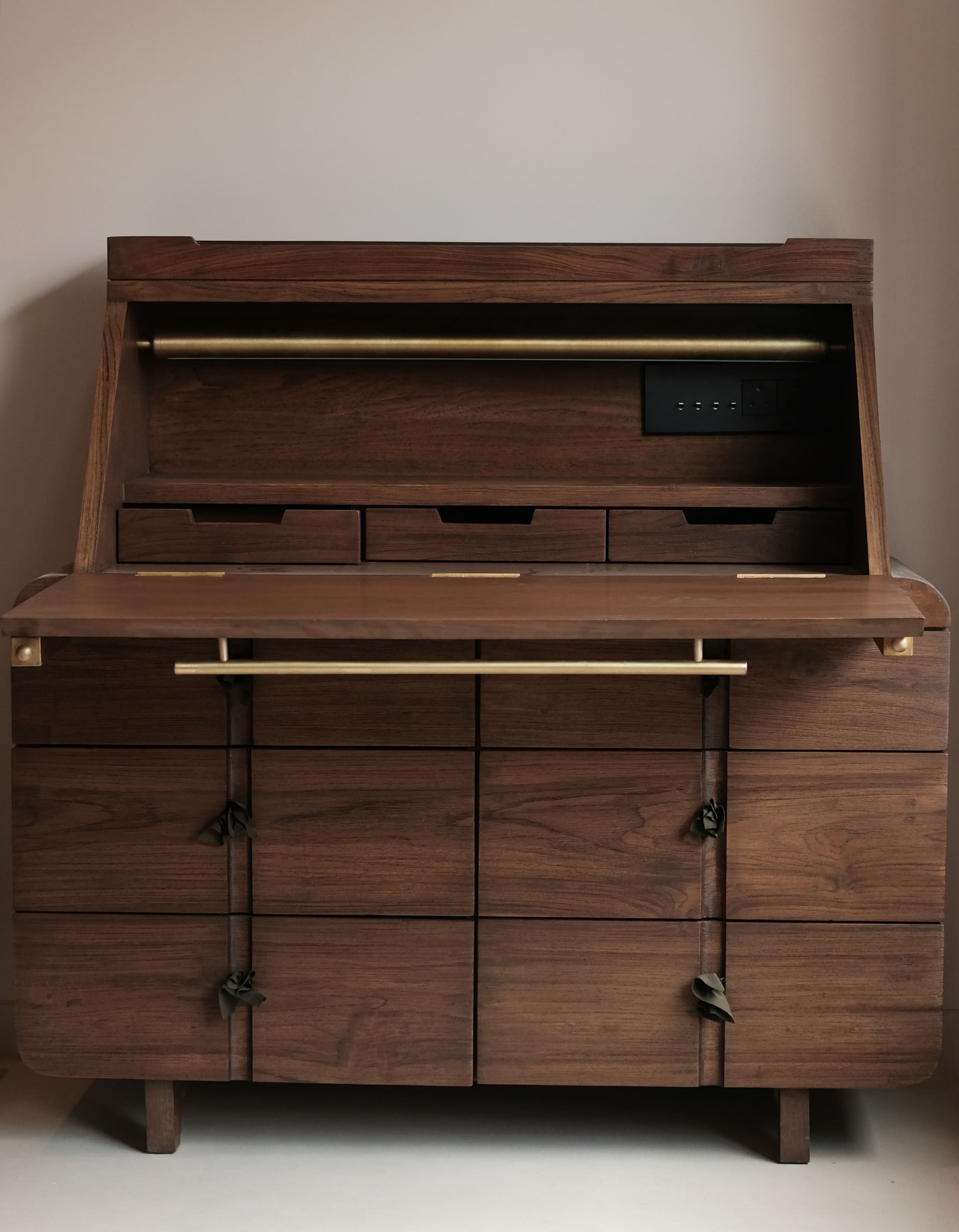
The Gyaan Peeu, a study table and chest of drawers
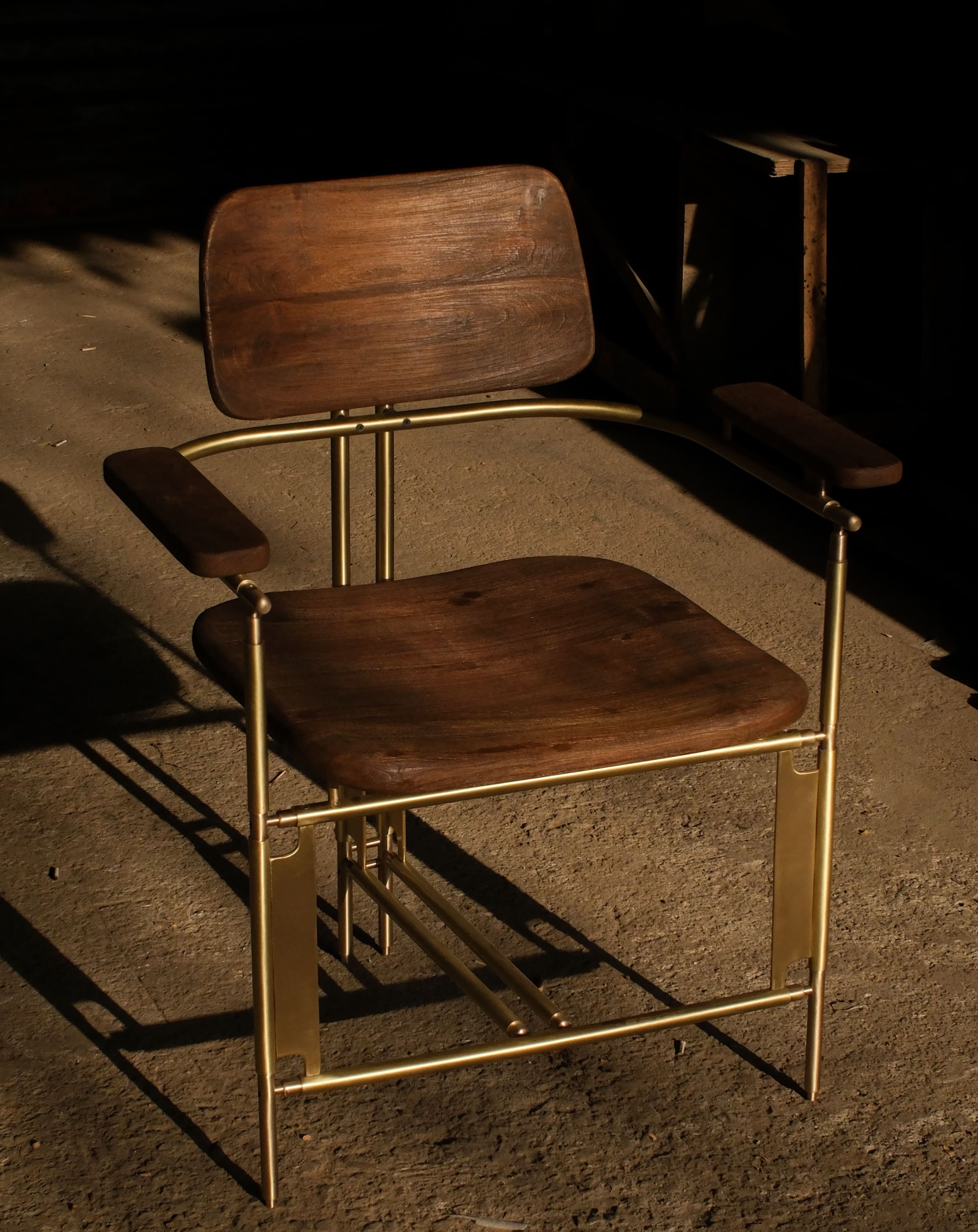
The Ras Bhari chair
Beyond textiles, ‘Roop Aroop’ also integrates wood and brass pieces. The Ras Bhari Chair features dismantlable joinery, while the Gyaan Peeu serves as both a study table and a chest of drawers featuring veneer patterns, brass motifs and vibrant panels.
Receive our daily digest of inspiration, escapism and design stories from around the world direct to your inbox.
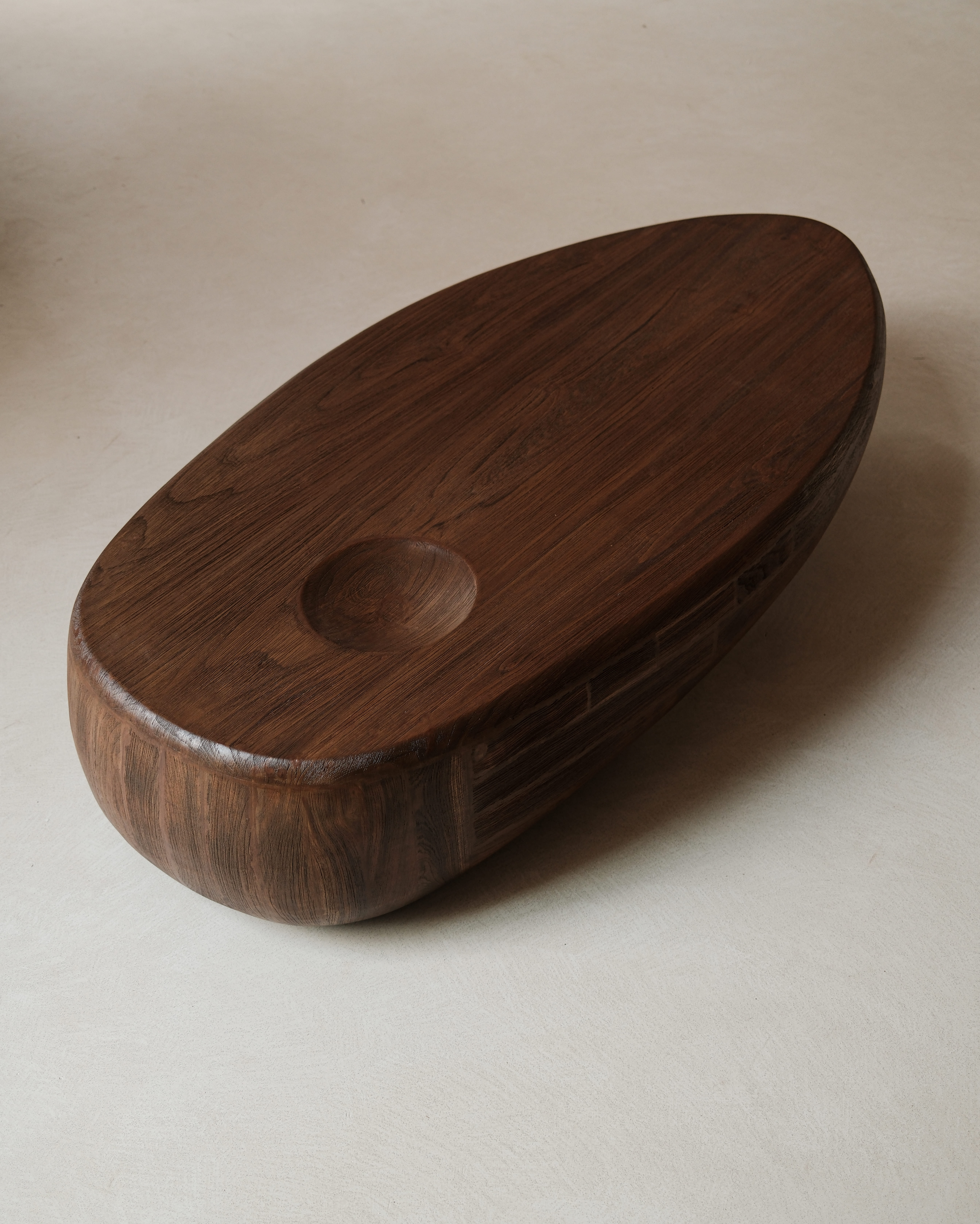
The Sangat Manch table
The Sukh Asan – a reinterpretation of the traditional floor-level seating used in Indian meditation, prayer and ritual – is a hand-shaped chair, its contours shaped by the natural grain of the wood. The Sangat Manch table, meanwhile, draws inspiration from a parasol, with its hand-carved curves resting on a single brass rod to create the illusion of weightlessness.
As the design world continues to swing between innovation and inheritance, 'Roop Aroop' offers a blueprint for how the two can coexist.
Anna Solomon is Wallpaper’s digital staff writer, working across all of Wallpaper.com’s core pillars. She has a special interest in interiors and curates the weekly spotlight series, The Inside Story. Before joining the team at the start of 2025, she was senior editor at Luxury London Magazine and Luxurylondon.co.uk, where she covered all things lifestyle and interviewed tastemakers such as Jimmy Choo, Michael Kors, Priya Ahluwalia, Zandra Rhodes, and Ellen von Unwerth.
-
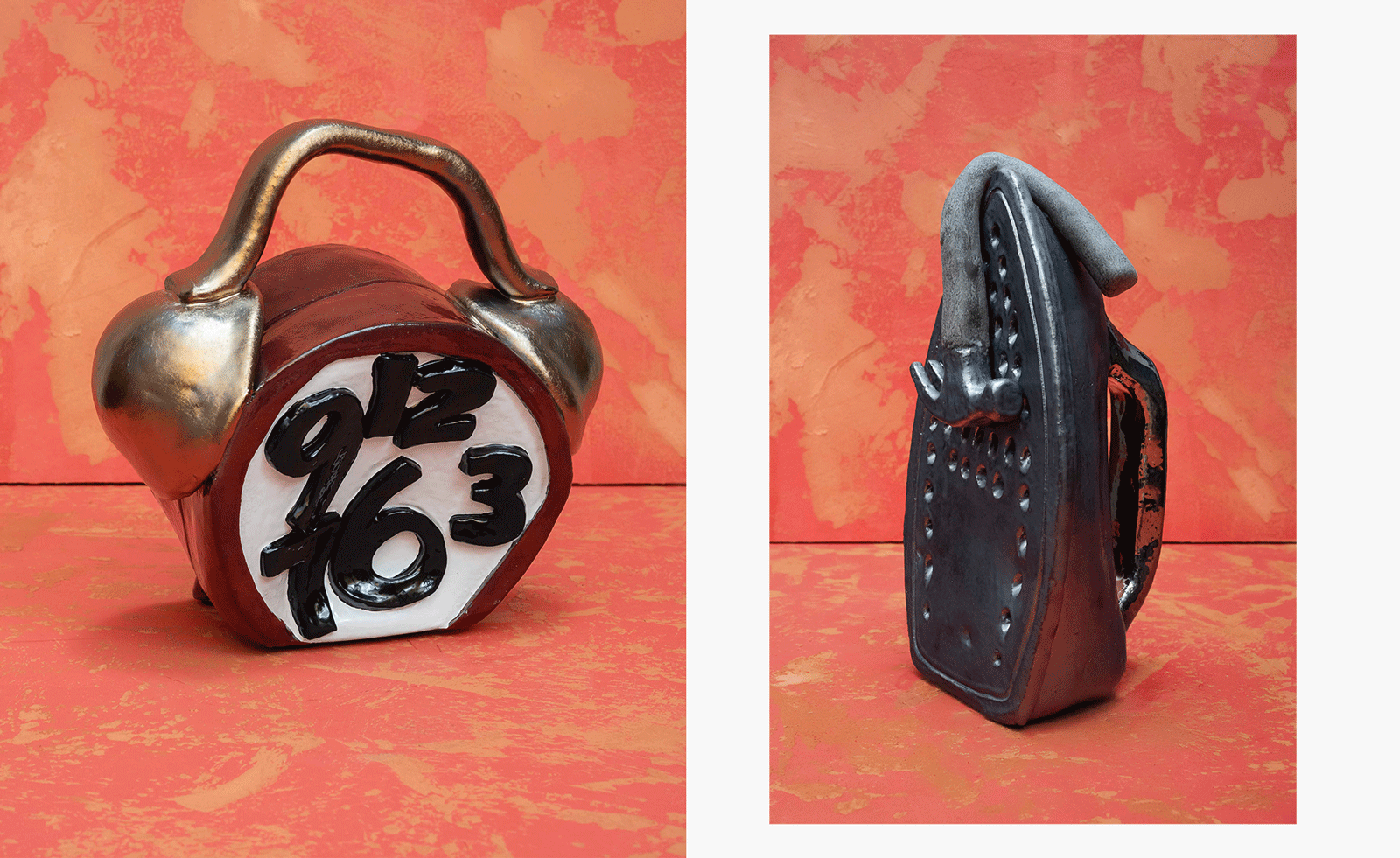 Sculptor Woody De Othello paints a Miami museum red for a show that ‘almost hugs you’
Sculptor Woody De Othello paints a Miami museum red for a show that ‘almost hugs you’The Miami-born, California-based artist opens his first museum exhibition in his hometown as an experiential journey through life and lifeless objects
-
 Alpine A390 GT: French, fast and fun. A sporting EV with a real sense of occasion
Alpine A390 GT: French, fast and fun. A sporting EV with a real sense of occasionAlpine doubles down on its fast electric credentials with the A390 GT, the French performance brand’s largest car to date
-
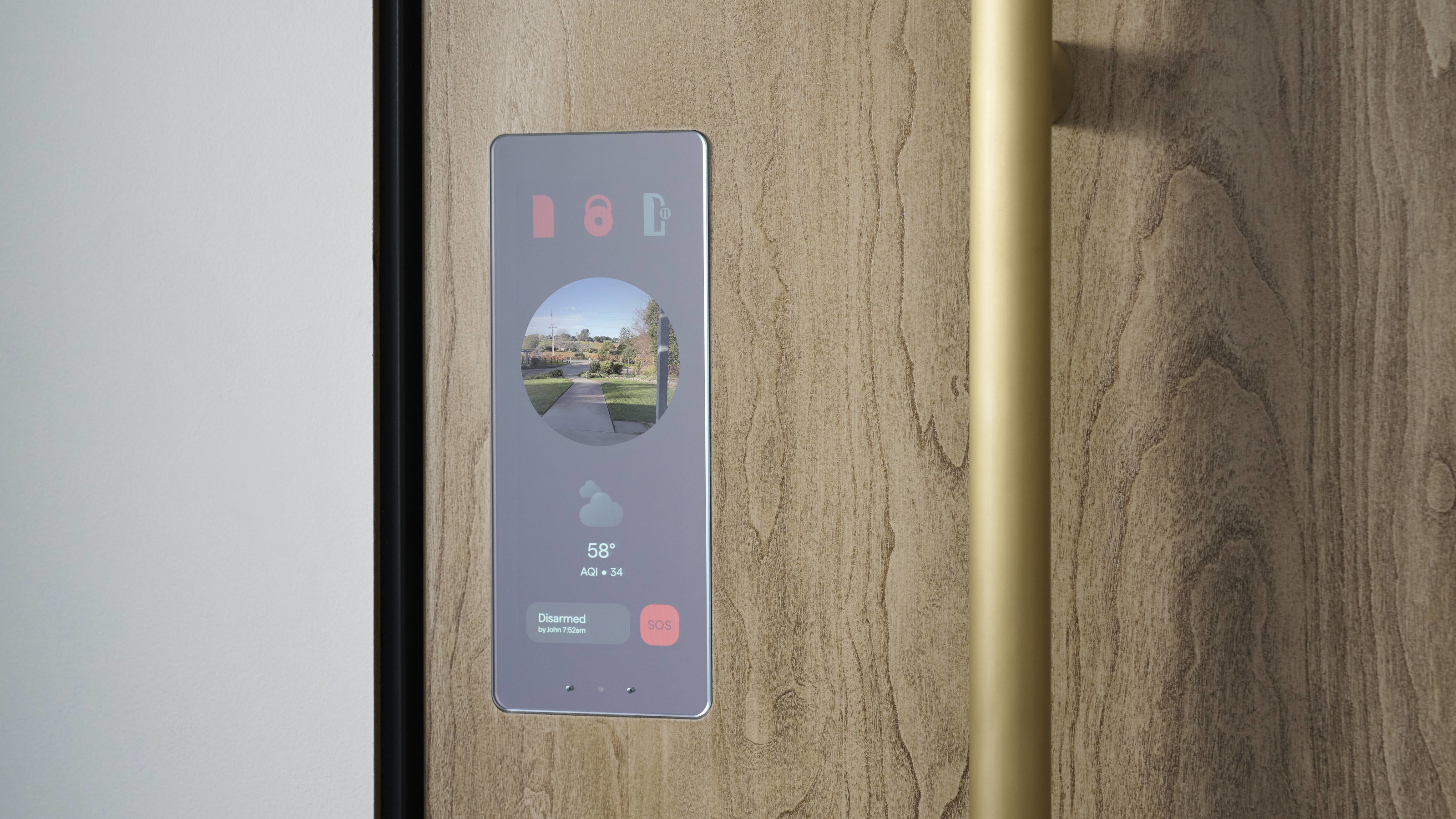 Forget smart homes, Doma's 'intelligent' doors open at the sight of a familiar face
Forget smart homes, Doma's 'intelligent' doors open at the sight of a familiar faceYves Béhar and Jason Johnson have founded Doma, a tech start-up dedicated to seamlessly integrating tech into your daily life
-
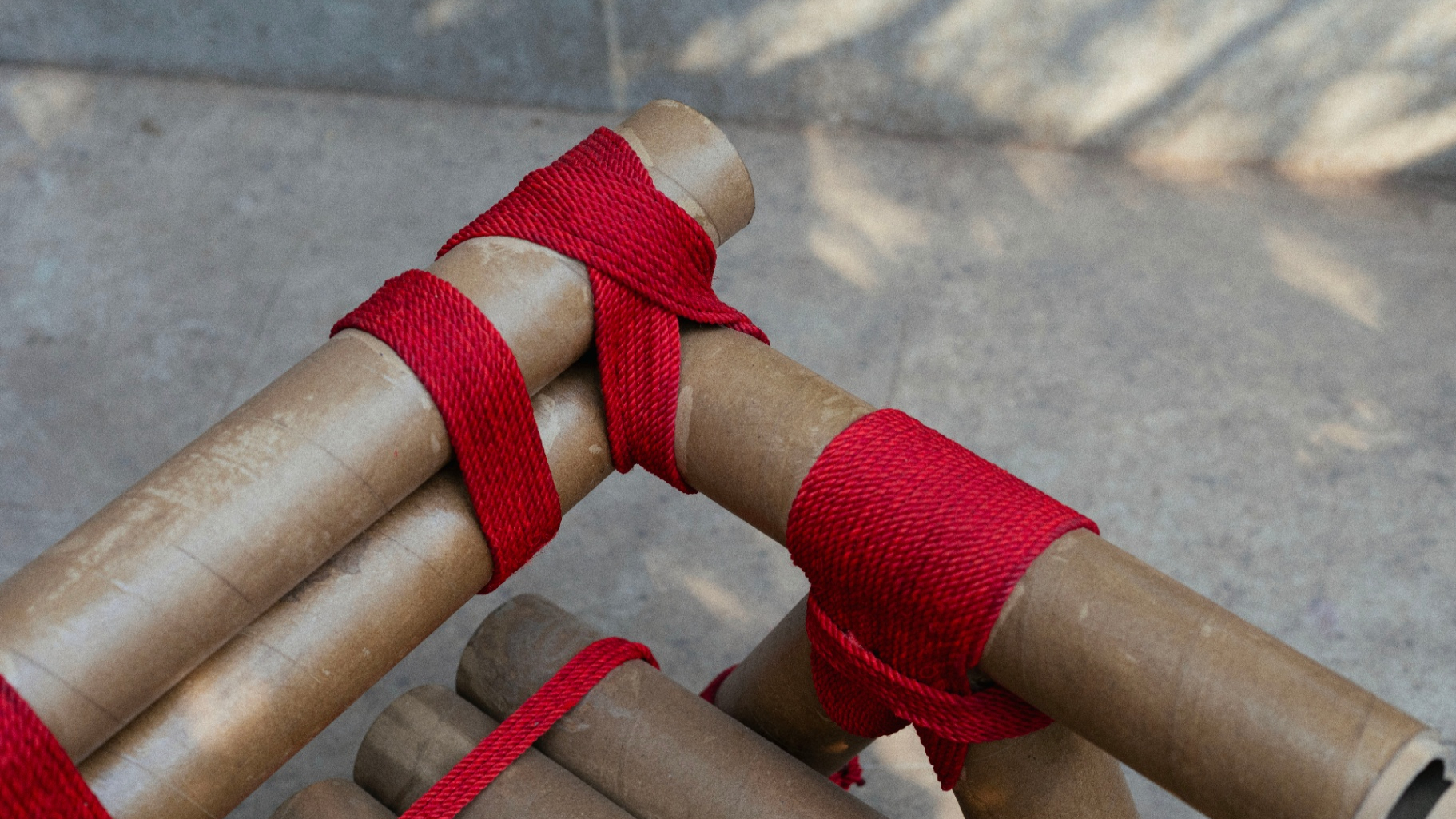 This cardboard and rope chair seeks to redemocratise design with ‘joyful frugality’
This cardboard and rope chair seeks to redemocratise design with ‘joyful frugality’Wallpaper* speaks to architect Nipun Prabhakar of Dhammada Collective about the studio’s latest project, ‘Paper Tube, an open-source chair made from discarded cardboard tubes and rope
-
 This Coimbatore home exemplifies the ‘modern Indian’ aesthetic
This Coimbatore home exemplifies the ‘modern Indian’ aestheticA spiritual pooja room and local artefacts meet European furniture and offbeat design at this intriguing residence in south India, which is the focus of Wallpaper’s interiors series, The Inside Story
-
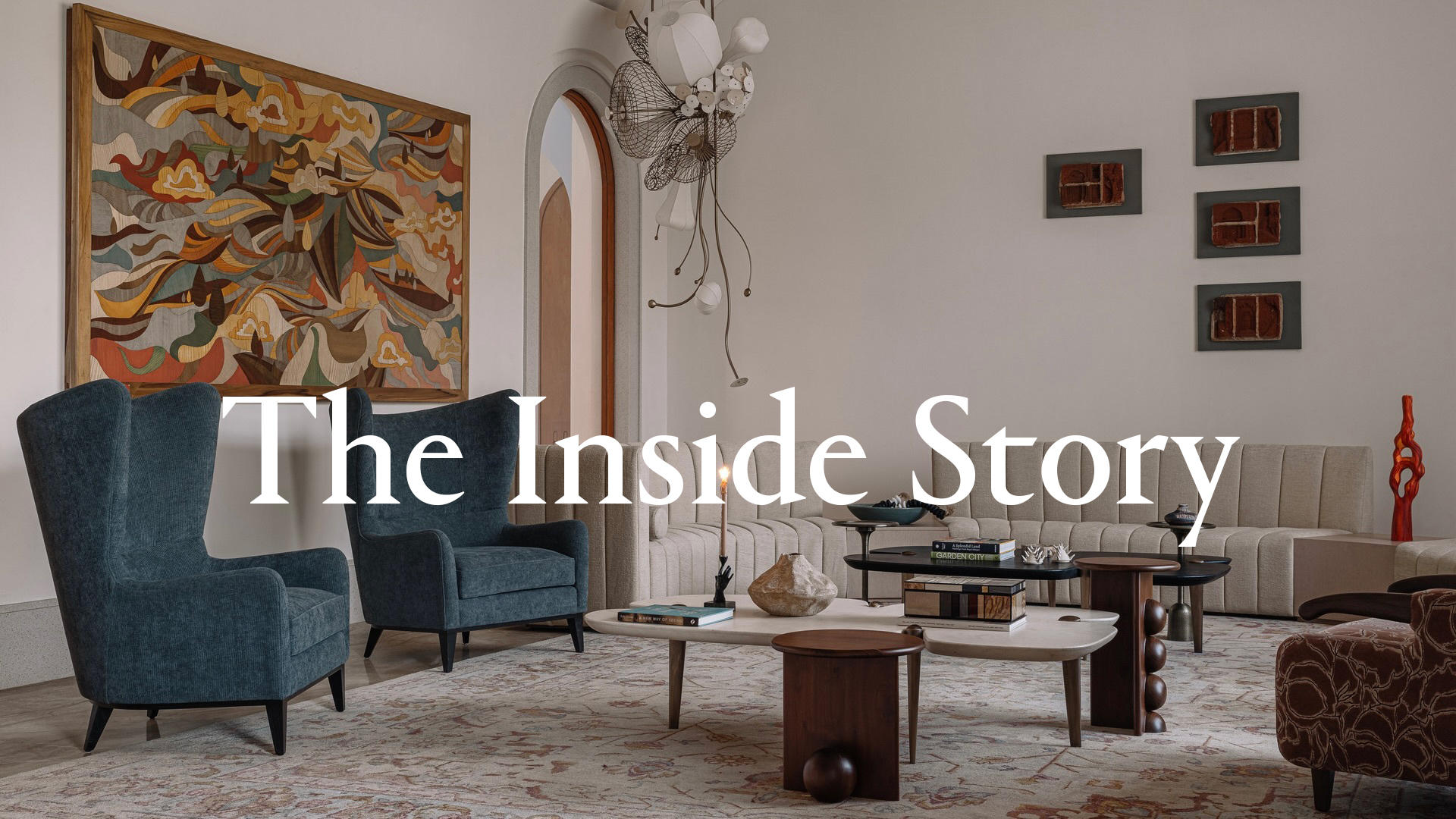 This Gujarat home by MuseLAB is a sculptural, textural delight
This Gujarat home by MuseLAB is a sculptural, textural delightA study in materiality, this home in Gujarat, India layers idiosyncratic details while staying true to its provenance, and is the latest focus of The Inside Story, our series spotlighting intriguing and innovative interior design
-
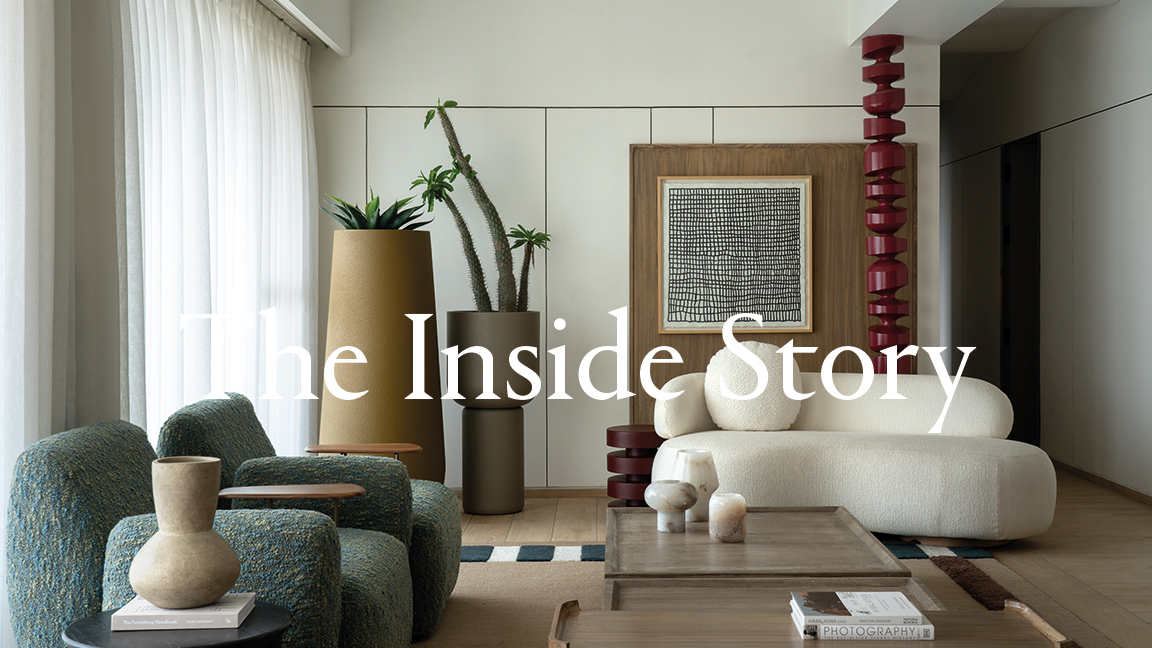 This multigenerational Delhi home plays with colour and texture in unexpected ways
This multigenerational Delhi home plays with colour and texture in unexpected waysWelcome to the Wallpaper* series, The Inside Story, where each week we spotlight an intriguing, exciting or innovative interior. This apartment, curated by Studio Jane Designs, finds ever-creative ways to meet the needs of the three generations that live under its roof
-
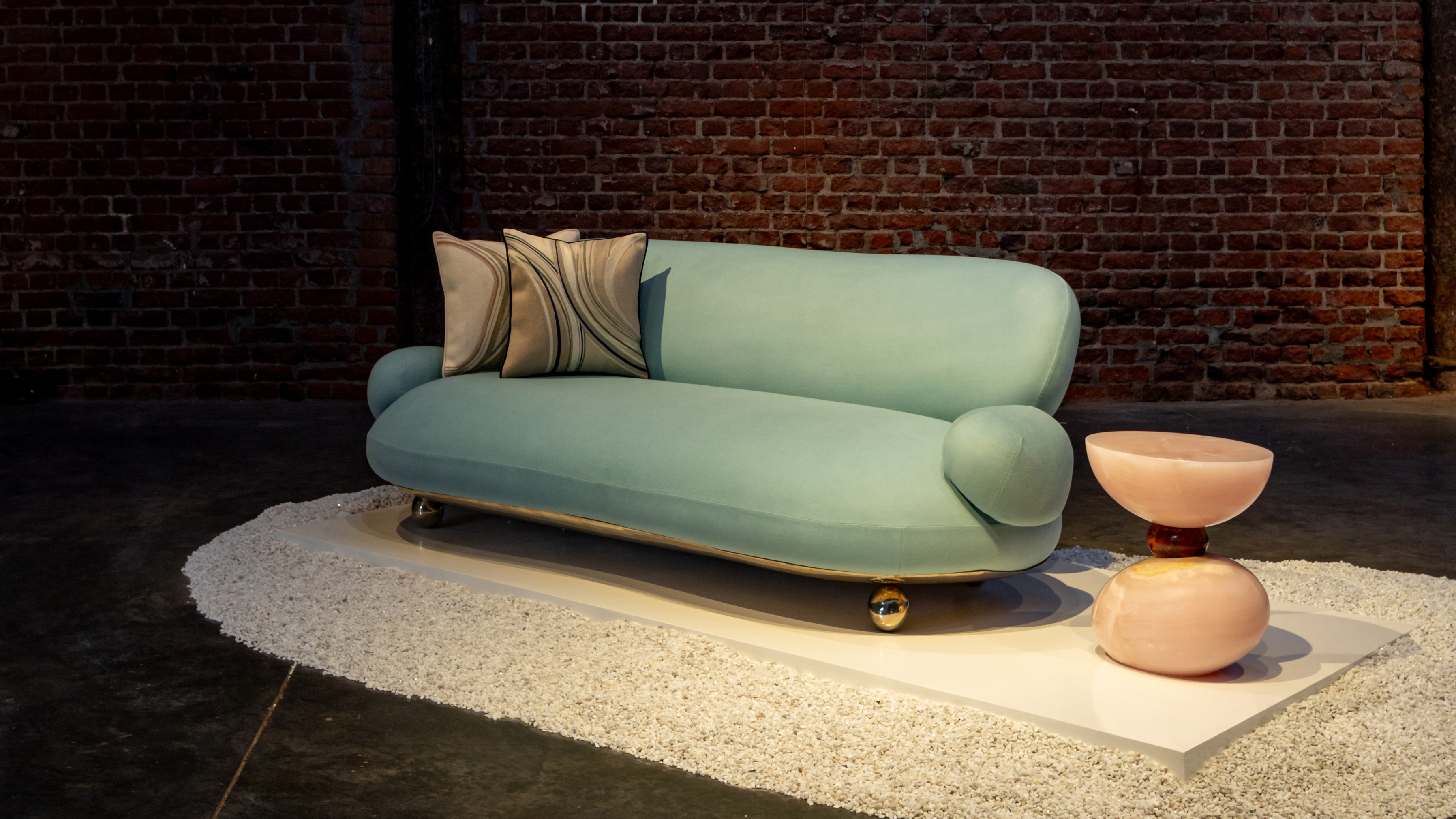 Curvature, cantilevers and cashmere: Mumbai-based designer Rooshad Shroff on his new furniture collection
Curvature, cantilevers and cashmere: Mumbai-based designer Rooshad Shroff on his new furniture collectionRooshad Shroff’s new furniture collection Balance is a masterclass in structural luxury
-
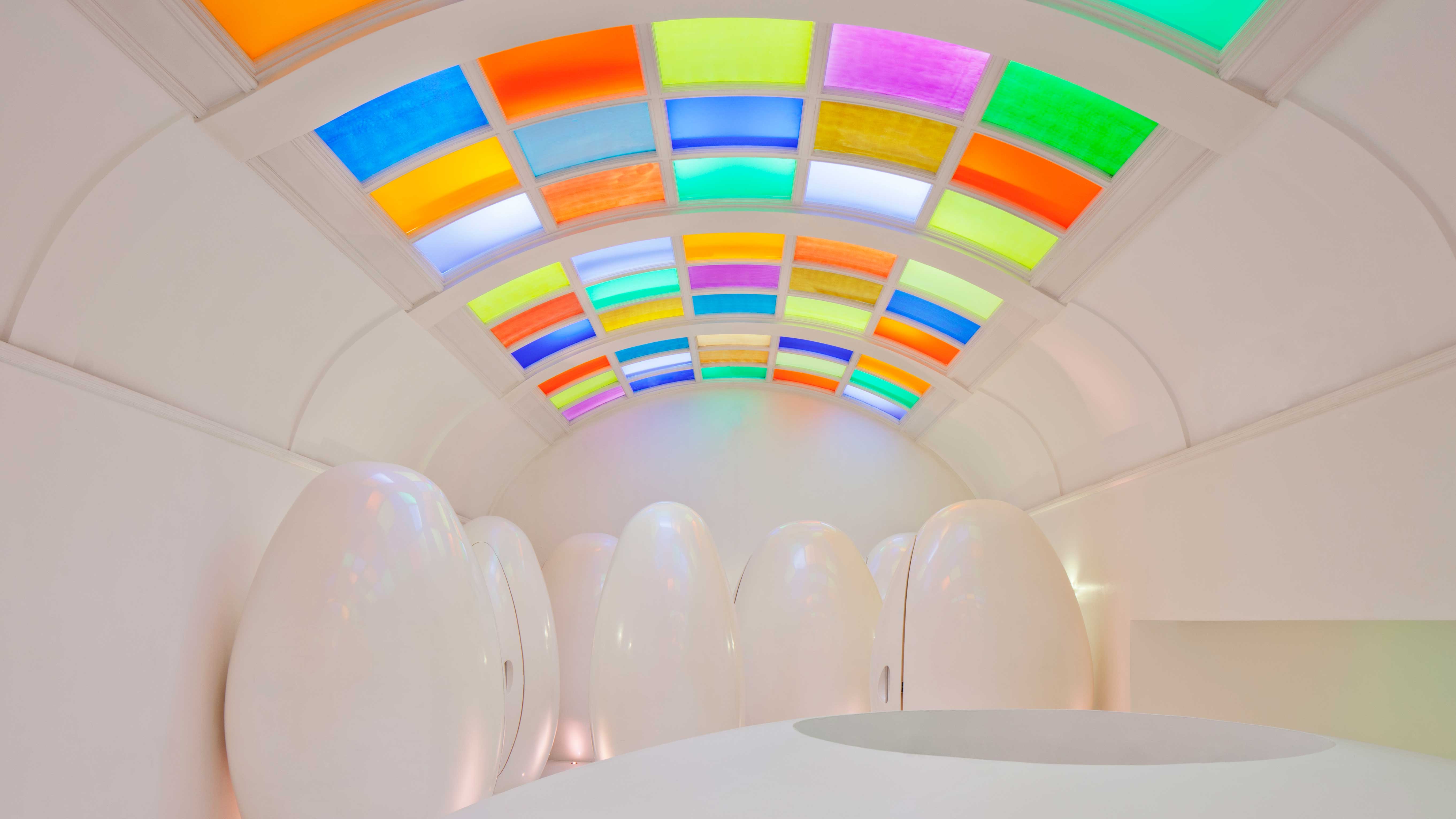 Sketch is 20: a design history of London’s ultimate entertaining destination
Sketch is 20: a design history of London’s ultimate entertaining destinationA visual history of Sketch: from the world-famous pod loos to India Mahdavi’s Gallery, we chart the evolution of the London restaurant’s inspiring collaborations and colourful makeovers
-
 India Mahdavi monograph reveals a life in full colour
India Mahdavi monograph reveals a life in full colourAn ode to the power of colour, India Mahdavi’s first monograph shines the spotlight on the designer’s trendsetting interiors and signature pieces
-
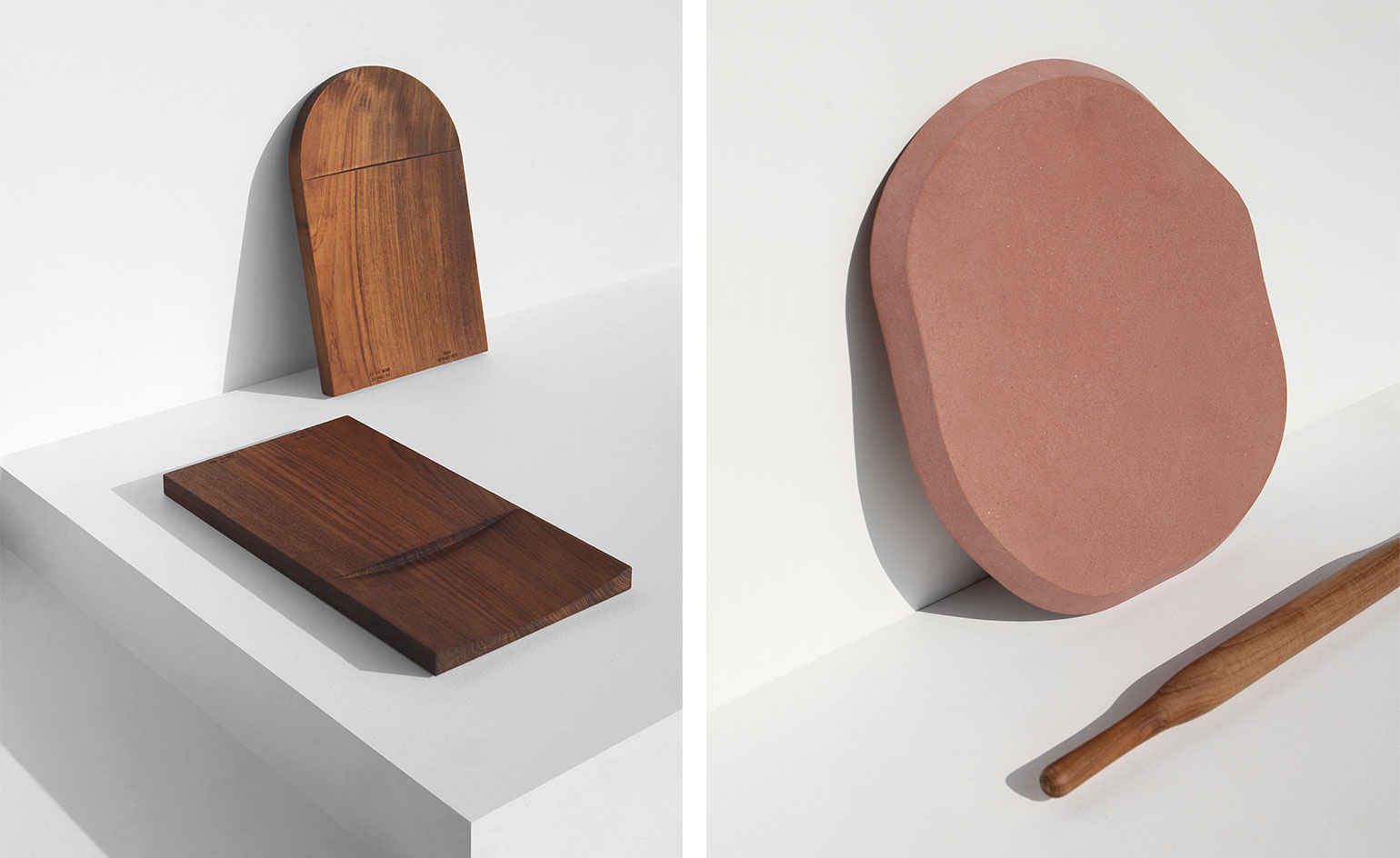 Indian kitchen utensils revisited with a contemporary aesthetic
Indian kitchen utensils revisited with a contemporary aestheticDesigners Nikita Bhate and Pascal Hien present SĀR, a new brand of sculptural everyday objects inspired by Indian rituals and cooking traditions